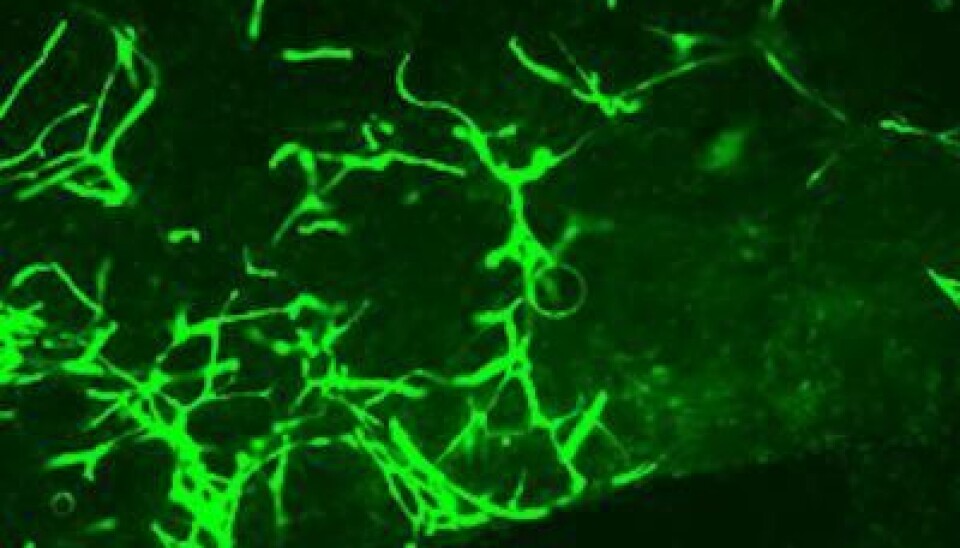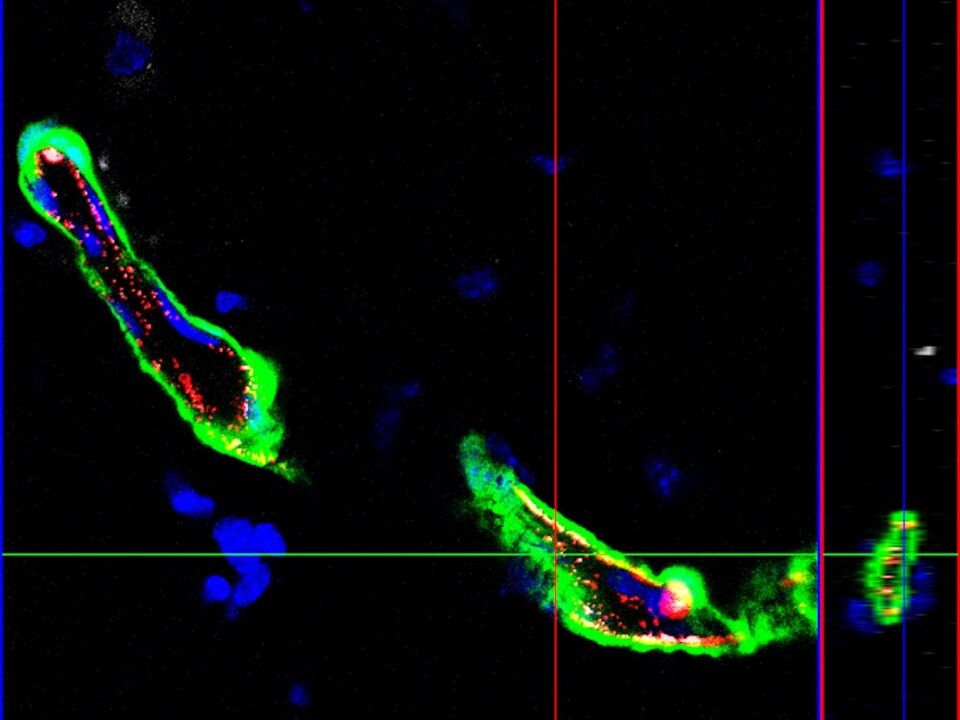
New stem cell discovery has great therapeutic potential
The discovery of a new blood-vessel-generating cell offers new treatment opportunities for cardiovascular diseases, cancer and several other diseases.
Finnish scientists believe they have discovered stem cells that play a decisive role in new blood vessel growth.
If scientists learn to isolate and efficiently produce these stem cells found in blood vessel walls, the cells could lead to new opportunities in the treatment of cardiovascular diseases, cancer and a host of other diseases.
The study has been published in the journal PLOS Biology.
The growth of new blood vessels, also known as angiogenesis, is essential for adults to repair damaged tissue or organs.

Unfortunately, malignant tumours are also capable of growing new blood vessels to receive oxygen and nutrients.
In other words, the treatment of diseases would benefit from two types of methods: those that help launch the process of angiogenesis and those that make it possible to prevent the process.
Drugs that prevent the growth of new blood vessels have already been introduced, but their effectiveness and long-term efficacy leave much to be desired, says Salvén.
The origin of endothelial cells
For more than a decade, Adjunct Professor Petri Salvén of the University of Helsinki has studied the mechanisms of angiogenesis to discover how blood vessel growth could be prevented or accelerated effectively.
Our study shows that these important stem cells can be found as single cells among ordinary endothelial cells in blood vessel walls. When the process of angiogenesis is launched, these cells begin to produce new blood vessel wall cells.
Petri Salvén
He has examined the birth and origin of endothelial cells, which form the thin layer that lines the interior surface of blood vessels.
Endothelial cells are necessary for new blood vessel growth. Where do these highly diversified cells come from? Can their production be prevented or increased?
It has long been assumed that new cells in the blood vessel walls of an adult originate in the bone marrow. In a study from 2008, Salvén’s research team showed that such stem cells were not found in bone marrow.
In his new study, Salvén has located exactly where these mysterious stem cells originate:
"We succeeded in isolating endothelial cells with a high rate of division in the blood vessel walls of mice. We found these same cells in human blood vessels and blood vessels growing in malignant tumours in humans,” he says in a press release from the University of Helsinki.
These cells are known as vascular endothelial stem cells, abbreviated as VESC. In a cell culture, one such cell is able to produce tens of millions of new blood vessel wall cells,
"Our study shows that these important stem cells can be found as single cells among ordinary endothelial cells in blood vessel walls. When the process of angiogenesis is launched, these cells begin to produce new blood vessel wall cells."
Cell transplant treatment for humans?
The effects of new endothelial stem cells have also been tested in mice.
The results show that the growth of new blood vessels weakens and the growth of malignant tumours slows if the amount of these cells in the organism is below normal.
Correspondingly, a high number of new blood vessels quickly emerge where new stem cells are implanted.
Identifying stem cells among other blood vessel wall cells is challenging and time-consuming.
Salvén and his team managed to identify a few molecular surface structures that make it easier to trace these stem cells. However, the efficiency of the identification process needs to be enhanced.
"If we can find more molecules that are characteristic of the surface structure of these rare cells, it’s possible that we can increase the efficiency and accuracy of the cell isolation process more than ten-fold. This would enable numbers that are sufficient for cell transplant treatments for humans," says Salvén.
Plenty of potential treatment applications
"The identification and isolation of an entirely new adult stem cell type is a significant discovery in stem cell biology. Endothelial stem cells in blood vessels are particularly interesting, because they offer great potential for applications in practical medicine and the treatment of patients."
If an efficient method to produce endothelial stem cells can be developed, they will offer new treatment opportunities in situations where damaged tissue or diseases call for new blood vessel growth, or where the constriction or dysfunction of blood vessels deprives tissues of oxygen.
These cells also offer new opportunities for developing drugs that could prevent new blood vessel growth in malignant tumours.






